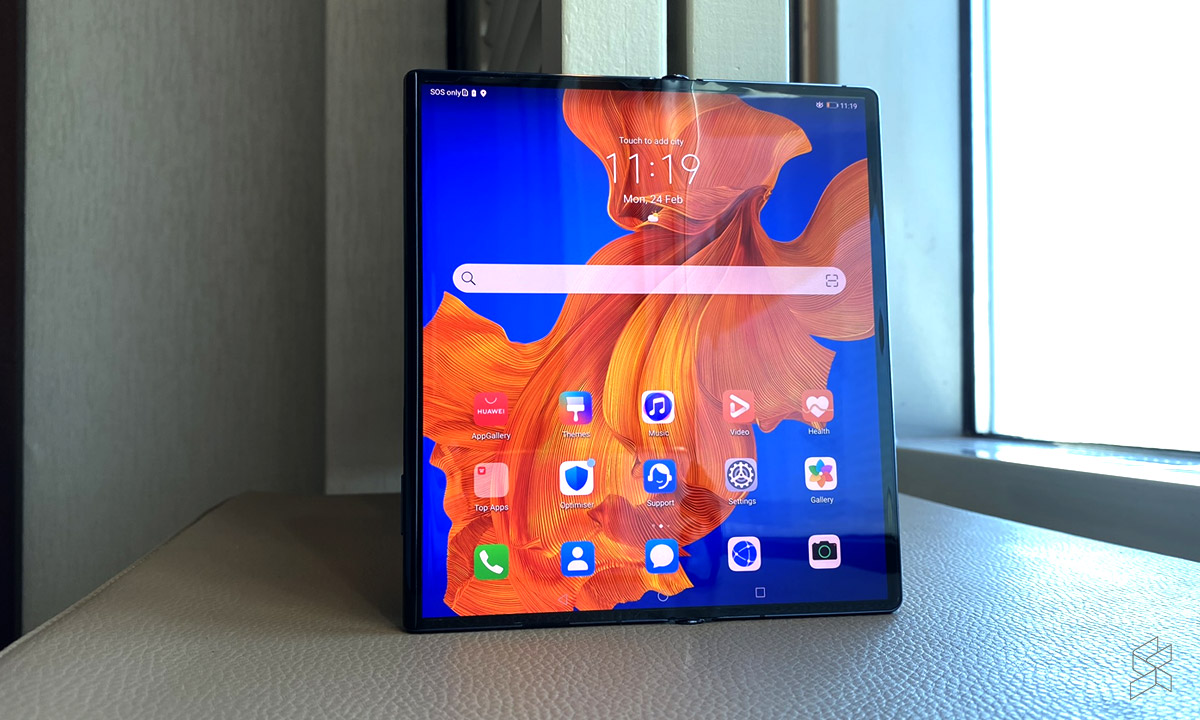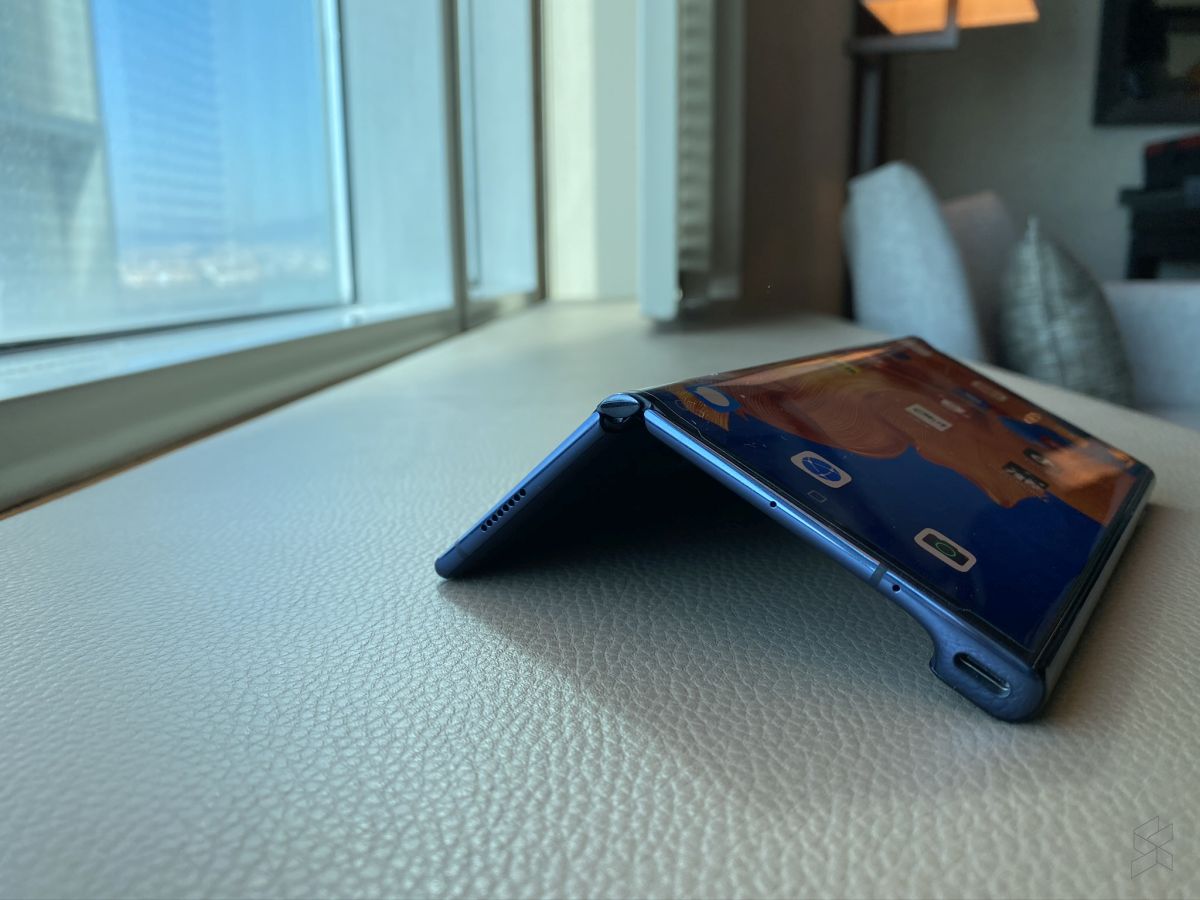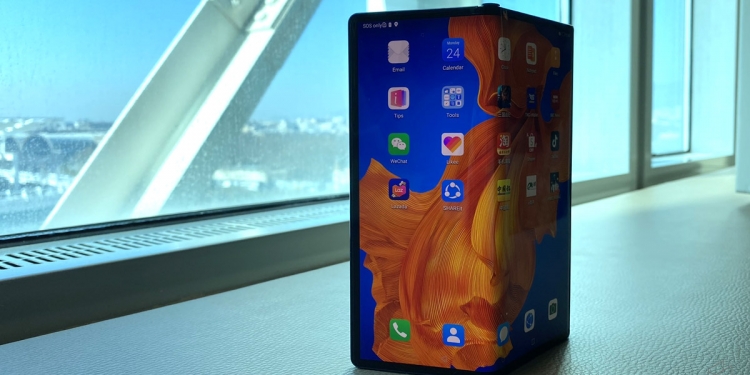The Huawei Mate Xs launched earlier this year, with a pretty staggering RRP of RM11,111 in Malaysia—however, it turns out that Huawei is still losing significant amounts of money from their investment into foldable phones.
According to an interview, Huawei CEO Richard Yu has shared that the company has made a loss of at least US$60 million (¬RM258 million) due to the high costs of folding screens. Here’s a translated snippet of Yu’s statement:
“After the cost of the folding screen is reduced, it is possible to make a profit, not just the selling price.”
This would appear to indicate that Huawei is betting on the cost of foldable phone components to fall in the future as adoption rates increase—economies of scale apply here. However, it’s hard to say when this will happen. For now, there are still concerns among the public if foldable phones are durable enough, especially once you take into account their high prices.

The Galaxy Fold, the mate competitor to the Mate Xs, retails in Malaysia for RM8,388, a significantly lower price. However, it seems that companies like Huawei and Samsung are betting that the the future will see more of the public reverting to foldable devices—as evidenced by the Galaxy Z Flip and a rumoured “more affordable” variant of the Galaxy Fold.
The Mate Xs is, after all, the second foldable phone launched by Huawei. They launched the Huawei Mate X in China back in November 2019; the phone never reached global parts, possibly due to the onset of Huawei’s issues with the U.S. government. Consequently, the company has been incentivising developers to design apps for Huawei’s AppGallery, while continuing to work on its on alternative, HarmonyOS.

Richard Yu has said in the past that he expects to see prices come down for foldable devices in general; based on current figures, it looks like an investment into the future for Huawei. The loss figures (US$60 million–US$70 million) give us an idea as to the actual cost of the foldable devices, despite the very, very premium price tag.
A crucial element to all of this is customer assurance, arguably. Once concerns over durability and the longevity of such devices are settled, we do expect to see foldable phones become more mainstream—and cheaper foldable phones as a result.
[ SOURCE ]








